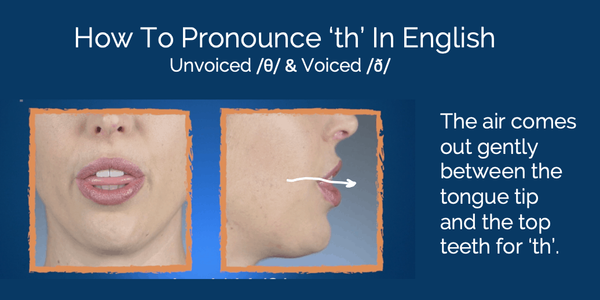0

Pronunciation /θ/ & /ð/
2 years agoThese sounds can be challenging for some learners. The key for many who have difficulty is to put your tongue forward in your mouth between the teeth. It may seem unnatural as this sound is not present in some languages. It takes practice, but if you can do it once, you can do it. As this sound is one of the most common sounds in English, it is 100% essential. Read the following tips and look at the diagram below. Keep practicing.
/θ/ Sound (Voiceless 'th'):
Place of Articulation: To produce the 'th' sound in words like "think" or "math," position the tongue between the teeth without touching the teeth. The airflow is directed between the tongue and the upper front teeth.
Exhale Softly: Encourage a gentle release of air over the tongue. Avoid heavy airflow or forcefully blowing out air.
Example Words: Emphasize practicing words like "thing," "thought," and "bath" to get the feel of where the tongue should be placed.
/ð/ Sound (Voiced 'th'):
Similar Tongue Position: The tongue placement for the 'th' in words like "this" or "feather" is similar to /θ/, but this time, the sound is voiced.
Vibration of Vocal Cords: Unlike /θ/, /ð/ requires vocal cord vibration. The voiced nature of this sound is similar to the 'th' in "the."
Example Words: Practice words such as "this," "that," and "father" to get used to the voiced 'th' sound.

